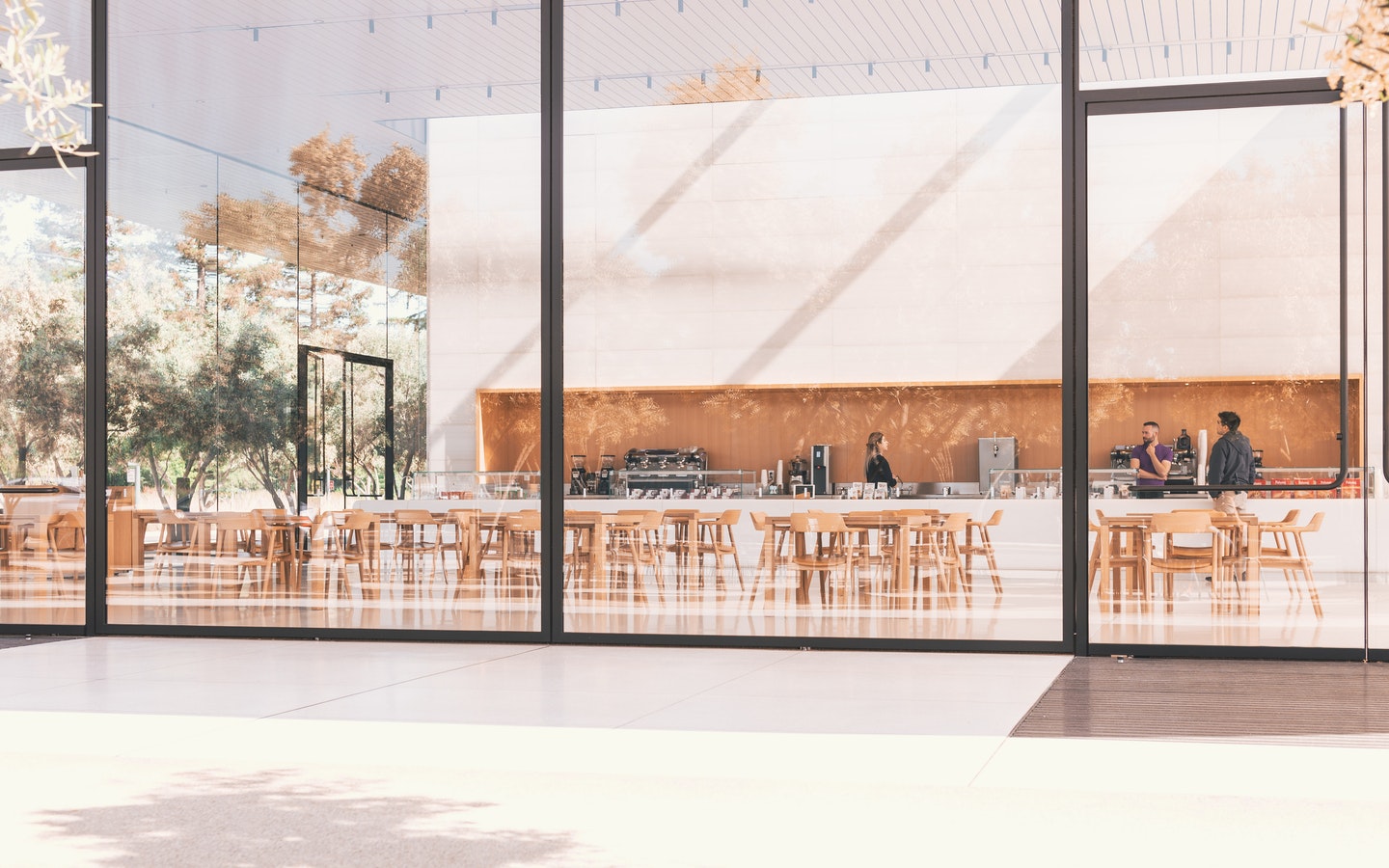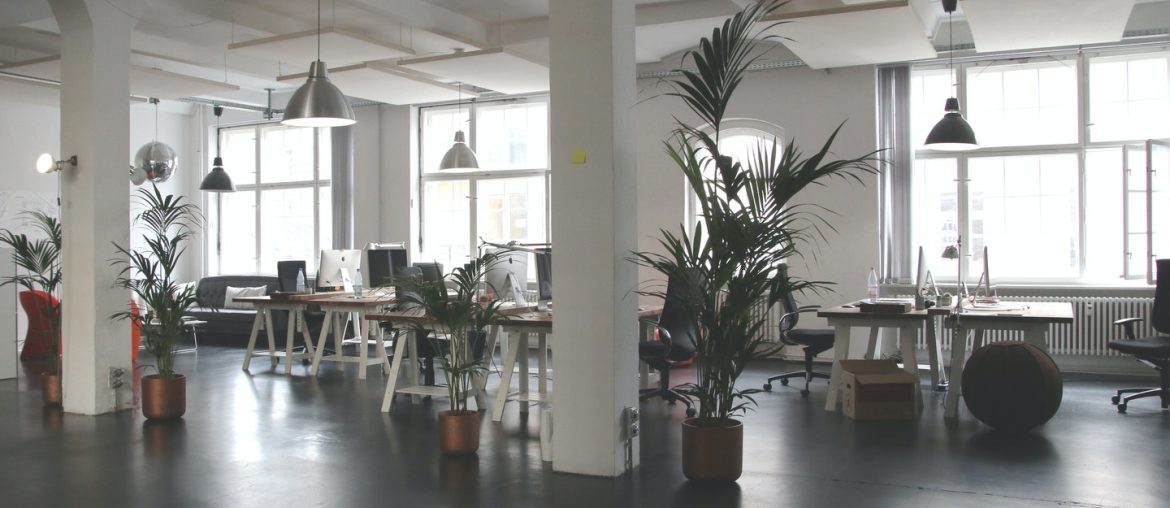From work culture to your organization’s core value, the design of your office represents many important things. That is to say, every office space design has different impacts on the workspace and the employees working in that workspace. Many organizations boast an open office environment whereas others feature a closed setting. These two types of office space design are more prevalent than the others. That being said, here are the advantages and disadvantages of open Vs closed office design.
Open vs closed office design
The main difference between an open vs closed office design is rooted in their layouts. An open office design features a little to no closed partition whereas in a closed office design the layout is divided into cubicles or features multiple closed partitions.
Advantages of an open office design

Team buildup
The biggest advantage of an open office design is that since there are no partitions, everyone can work better as a team. This office space design also makes it easy to communicate with the team easily. That in turn, strengthens the team bonding further. This also prompts everyone in the team to build up a good personal relationship with each other.
Cost-efficient
Since there are little to no walls or partitions in the office space, the cost of setting an open office is significantly less than a closed one. Usually, in an open office setting, chairs and tables are lined up in an orderly manner to create different sections instead of creating partitions.
Boasts equality
Regardless of your position in an organization, you are required to sit at the same table with everyone else in an open office setting. This creates a sense of equality in the workplace and boosts confidence. At the end of the day, everyone has to work as a part of the team.
Easier to supervise the team
In an open office, everyone is aware of each other’s work. Because of this transparency, everyone can easily find out if anyone needs help or not. And it makes it easier for the team leads to supervise the team properly.
Natural light

Except for the walls around the office, there are no walls or partitions inside in an open office setting. This is why an open setting gets ample light. On the other hand, walls or partitions darken the house and require more lights.
Disadvantages of an open office design
Noise pollution
One of the disadvantages of an open office setting is that it may seem noisier at times. Since there are no partitions or walls, even a small sound can make a huge noise.
Communication can be disrupted
In an open space, any meeting or task within the team can easily be interrupted by another team. Since there is no partition, anyone can intervene and create unwanted interruptions which can disrupt the flow of productivity.
Lack of privacy
In an open office setting, privacy is not as important as having transparency. So employees are left with no dedicated space for uninterrupted heads-down work or a true space to call their own. People who prefer privacy over everything and like to work in solitude can find it difficult to concentrate on their work.
Office dramas
When it comes to working in an open space, people are more likely to intervene with other people’s personal space. This can lead to misunderstanding and various conflicts which can hiders productivity and cause unwanted drama.
Advantages of a closed office
Talking about the advantages and disadvantages of an open vs closed office design, there are lots of benefits of a closed office design that can’t be overlooked.
Less noise
One of the positive aspects of a closed office setting is that it offers more privacy and a quiet environment for workers to engage in focused work with fewer distractions.
Work environment

The work environment of a closed office setting is more organized than an open one. People are less likely to interrupt someone if they have to knock on a door or navigate around walls. That’s why closed offices tend to lessen the number of distractions and interruptions workers encounter in a day.
Disadvantages of a closed office
Team isolation
More privacy means less interaction. And if teams aren’t strategically put together, closed office arrangements can lead to team isolation. Also, as there is less opportunity for team bonding, it can impact productivity and creates various communication gaps.
Fewer interactions
The opportunity to actively communicate with each other is dramatically reduced in a closed setting. Closed offices usually have seating arrangements for 2 to 3 people in a room. This can lead to fewer interactions which can hinder productivity especially when you are working as a team.
Maintenance and construction can be expensive
Since a closed office setting requires more customizations, partitions, or walls, the cost of building a closed office setting is usually higher than an open office setting. Also, a close office setting requires regular upkeep and additional equipment.
When it comes to open vs closed office design, choosing the best office layout really depends on the type of work your organization does and how your teams and employees function best. One way to determine which office space works best for your organization is to ask some questions like, How do my team and I work most effectively? Or Does my team need a space where it’s easy to talk to people? Hopefully, this will help you choose the right option for your office.




